Quote
"Listening to customers is important, but understanding them is essential. The product's lifeline is not in the number of features, but in the value of its vision."
Poll
💯 Framework // Concept // Mental Model
📉 Avoiding the Dreaded Product Death Cycle as a Product Manager 📉
As a product manager, one of your biggest responsibilities is understanding your users and iterating your product to meet their needs. However, taking this too far can lead your product into something called the product death cycle.
In this comprehensive guide, we’ll explain what the product death cycle is, why it happens, and most importantly - how you can avoid it as a PM to create a product with happy users that continues to grow.
What is the Product Death Cycle?
The product death cycle refers to the situation where a product development team focuses too heavily on customer feedback rather than having a strong product vision.
This leads to a vicious cycle where:
The product launches but no one uses it initially 😬
The team asks customers what features are missing 🤔
They build those features based on feedback ⚒️
Still, no one uses the product much 😱
So they ask for more feedback and build more features ➰
...And the cycle continues until time or money runs out, leading to the “death” of the product because it never gained traction.
This often happens because the team thinks they are doing the right thing - listening to customers and giving them what they ask for. But good intentions here can lead to disaster. 💀
Why Does This Happen?
There are a few key reasons why PMs and product teams get stuck in this death cycle:
1. Lack of Strong Product Vision 🎯
Having a clear, focused product vision is key. As Jeff Bezos says, you need to be stubborn on the vision but flexible on the details.
Without that North Star, it’s easy to get blown off course by every gust of customer feedback. Then you end up with a muddled product trying to be everything to everyone vs. a focused product that delights your core users
.
2. Assuming More Features = More Users ➕
It's a common mistake to think that simply adding more and more features requested by customers will suddenly get tons of people to use your product.
The root problem could be bad positioning, poor messaging, a confusing onboarding flow, bad marketing, poor pricing, or many other issues. Features alone won’t solve those problems.
3. Customers Can't Design Solutions 💡
Customers are great at identifying problems in your product but they rarely can propose effective solutions on their own. That’s your job as a product manager.
Just asking customers what features they want and building them often leads to a hodgepodge product with no coherent vision.
How to Avoid the Death Cycle as a PM
Here are 5 key strategies to avoid this vicious cycle on your product:
1. Maintain a Strong, Customer-Focused Product Vision 🎯
Ensure you have a clear, focused product vision based on understanding your target customers’ needs. But don’t let individual customer feedback blow you off course.
Segment feedback by user persona and identify what is a core must-have vs. a “nice-to-have” that can wait.
Evaluate all features against your vision. Decline/deprioritize requests that don't align.
Example: Snapchat stayed focused on ephemeral sharing for teens and rejected requests to be a general social network.
2. Understand the Root Causes, Not Just Treat the Symptoms 🔍
Don’t just take feature requests at face value. Dig into the root causes behind them - is it an issue with messaging? Pricing? Poor onboarding? Identify and address those root causes.
Use techniques like user interviews and the Jobs-to-be-Done framework to reveal underlying needs.
Example: People asked Evernote for complicated features. Upon research, the need was just better organization. Evernote added tags instead.
3. Prioritize a Great Getting Started Experience 🚀
Focus on nailing the first-time user experience from signup through onboarding. This is where you have the biggest drop-off so leaks here will sink your product.
Identify signup, onboarding, and first core actions as the make-or-break experience.
Ruthlessly refine to hit an ambitious activation rate goal like 40-50%.
Example: Dropbox refined onboarding until activation went from 5% to 60%, driving viral growth.
4. Validate Value, Not Just Collect Opinions 💰
Don’t just collect customer opinions and ideas. Use techniques like value proposition testing and prototyping to validate that you are actually delivering compelling value.
Use value proposition testing to quantify if a proposed feature delivers value.
Example: Airbnb tested its core value prop of hosting with a basic landing page MVP.
5. Define Success Up Front with Leading Metrics 📊
Decide on 1-2 key metrics that indicate product/market fit such as retention, virality, or referral rates. Don’t just measure outputs like number of features shipped.
Select 1-2 metrics that best indicate product/market fit like retention or engagement. Set specific goals based on benchmarks.
Examples:
Uber focused on trips per rider as the core metric to measure engagement and increased it from 1.4 to 4 trips/rider in the first year.
Help me, Share this with your friends now!
Proven Examples of Companies Avoiding Death Cycles
Some prominent companies that have successfully avoided the product death cycle trap include:
Spotify 🎧 - They don't just pile on features people request. They smartly develop features that support their vision of delivering a stellar music experience.
Superhuman 📧 - Obsessive focus on their target "professional emailers" and not getting distracted by every feature request has led to stellar reviews.
Tesla ⚡️ - Elon Musk's vision for an integrated sustainable energy company has remained remarkably unchanged over the years. They avoid sacrificing that vision for short-term wins.
Signs You May Be Stuck in a Product Death Cycle
Here are a few warning signs that you may be falling into this trap on your product:
Minimal product usage and growth despite continuous development 📉
Backlog piling up with customer feature requests 🗒️
No coherent product vision or strategy 🤯
Lots of complex niche features only power users understand ⚙️
The main source of ideas is customer interviews and surveys 💬
Core metrics like activation, retention, or engagement not improving 📊
If this sounds familiar, it may be time to take a step back and re-evaluate your approach to avoid the product death spiral!
Key Takeaways on Avoiding the Product Death Cycle
A few core lessons for product managers:
💡 Maintain a clear product vision based on core customer needs
💡 Understand the root causes driving feedback - not just features people request
💡 Obsess about your getting started and onboarding experience
💡 Validate you are delivering compelling value - not just pleasing customers
💡 Focus on leading metrics like retention as your north star
Avoiding the product death cycle starts with you as the product manager taking a step back, having a clear vision, and not getting overly distracted by customer feature requests.
🎁 Refer a Friend and unlock Free Resources! (breaking on PM Guide, Free 1:1 Session or 50+ PM Prompts Guide)
Focus on the getting started experience, validate value delivery, and be relentless on improving your core metrics. Do this and you’ll be able to keep your product growing and avoid the dreaded death spiral!
📚 Book
This book is a guide for startups and product managers on how to use data to guide product decisions. It emphasizes the importance of avoiding vanity metrics and focusing on actionable insights. By understanding the right metrics and continuously iterating based on genuine user needs and feedback, product managers can steer clear of the dreaded product death cycle. The book provides tools, techniques, and best practices to help PMs validate their ideas and build products that users truly want.
Lean Product and Lean Analytics: Use Data to Build a Better Startup Faster
😎 Meme
🌟 Some of our popular newsletter editions
Product Vision & Strategy
🎨 Week 37 - The Art of Value Creation: Unlocking the Potential of Your Product 💡🚀
🌐 Week 23 - How to Write and Communicate an Effective Product Vision
🎯 Week 2 - Week in Product Series - Product Strategy, Vision and Roadmap
spend a lot of time researching on topics to give you the best content, If you like my work please like and share it with others. If you have any feedback for me or want me to write on other topics please leave a comment below. Thanks for your continued support.
✌️ It only takes one minute to complete the Net Promoter Score survey for this Post, and your feedback helps me to make each Post better.
https://siddhartha3.typeform.com/to/ApU8zlRR
If you liked reading this, feel free to click the ❤️ button on this post so more people can discover it on Substack 🙏




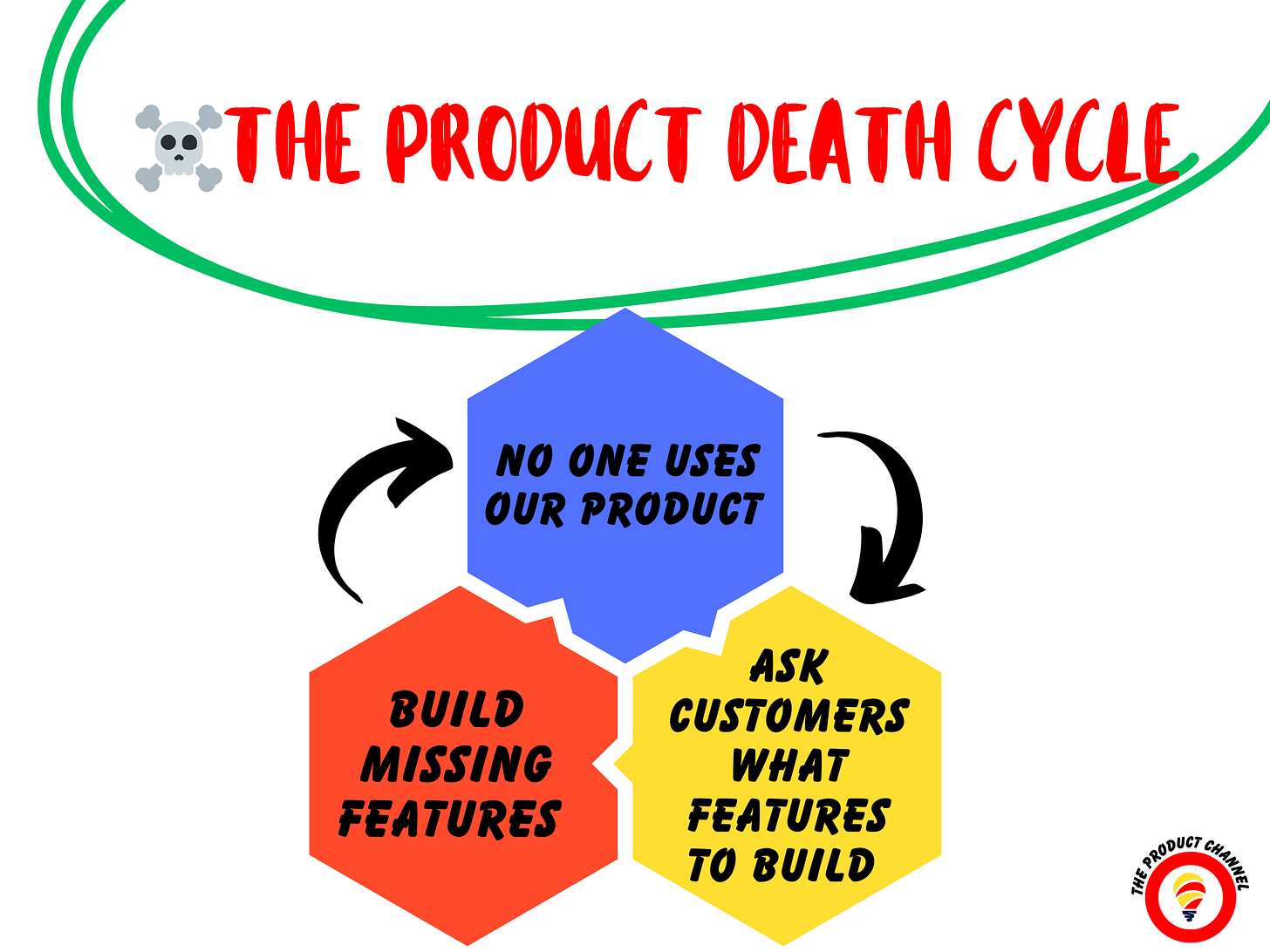
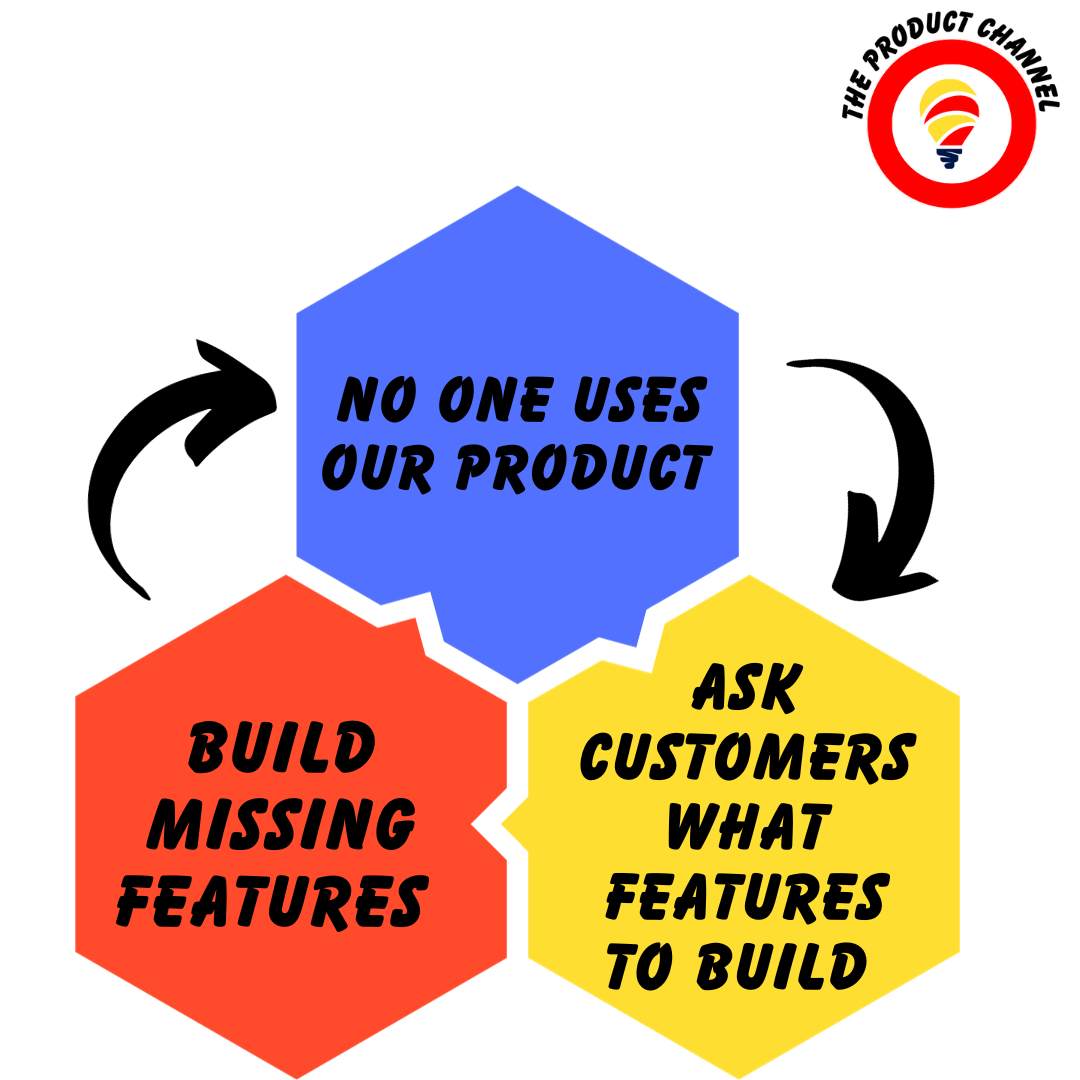
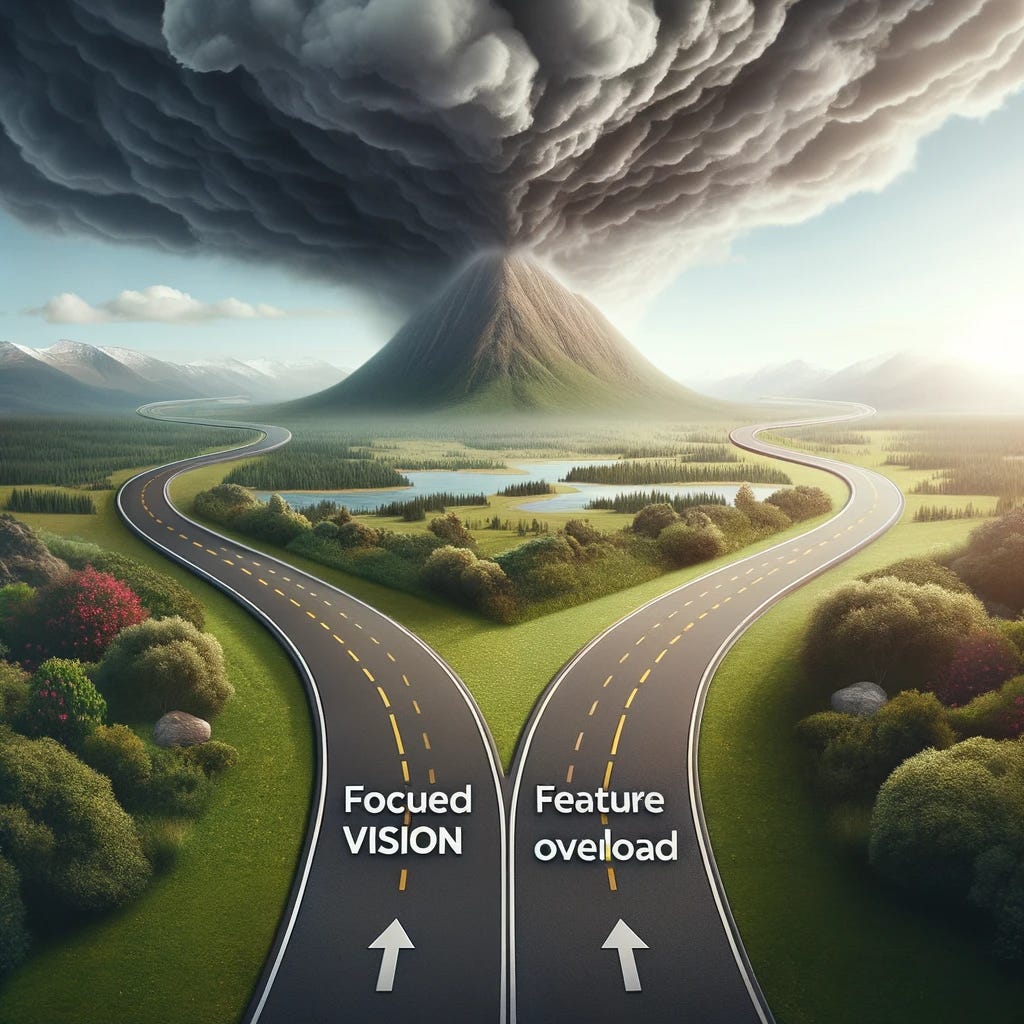
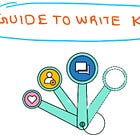
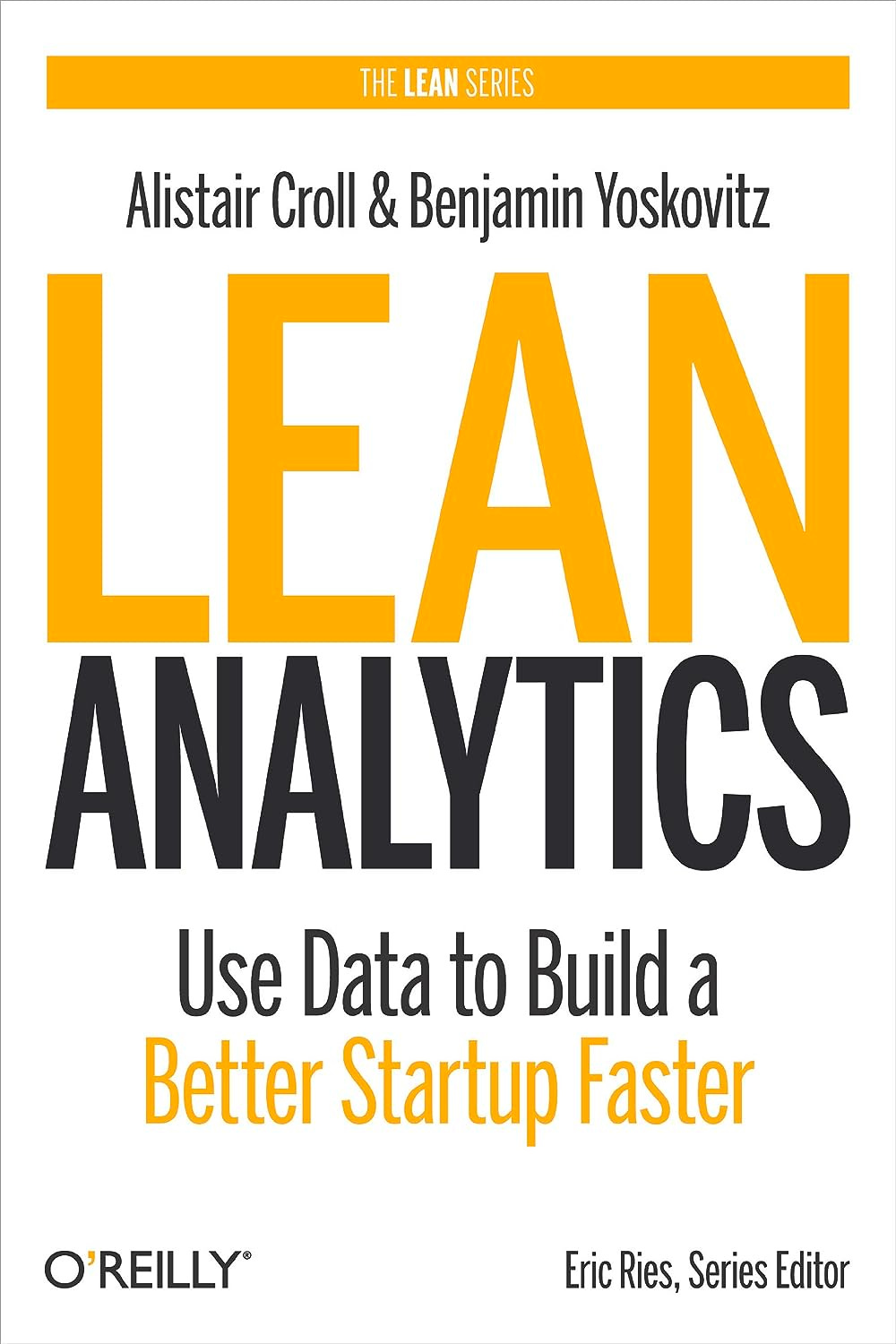

Great read